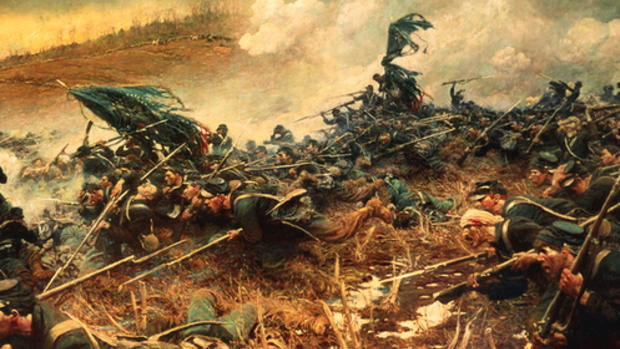One of the reasons I check out every small-town paper’s Civil War related stories is that you occasionally find some delicious wheat amongst the “round table meets tonight” or “Lincoln impersonator to speak at library” chaff. This article is one of the kernels that makes it worthwhile. A surprisingly in-depth look at some radical proposals in the wake of the Nat Turner uprising, leading to some big historical what-ifs.
The first thing white people did after Nat Turner’s violent slave insurrection in 1831 was round up more than 120 black people and kill them.
But the next thing white people did was surprising.
Hundreds of them sent petitions to the Virginia General Assembly calling for an end to slavery.
Source: Virginia debated ending slavery after Nat Turner’s revolt – Plainview Daily Herald

